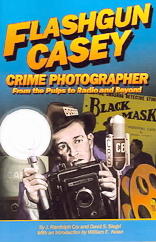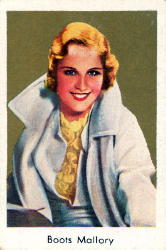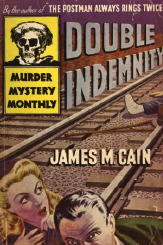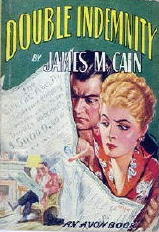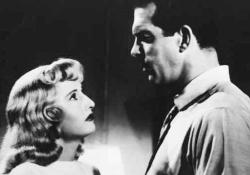Mon 1 Dec 2008
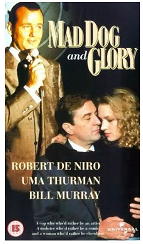 MAD DOG AND GLORY. Universal Pictures, 1993. Robert De Niro, Uma Thurman, Bill Murray, David Caruso, Mike Starr, Kathy Baker. Screenwriter: Richard Price; director: John McNaughton.
MAD DOG AND GLORY. Universal Pictures, 1993. Robert De Niro, Uma Thurman, Bill Murray, David Caruso, Mike Starr, Kathy Baker. Screenwriter: Richard Price; director: John McNaughton.
I’d never heard of this movie until I accidentally stumbled across it on HBO one late night last week. Figured I’d watch 10 or 15 minutes, then on to Cinemax or TCM to see what else was on, but the funny thing is, I kept watching.
It’s not a dump-in-the-time-slot sort of filler at all, but an mostly entertaining “where was I when this film came out” type of pleasant surprise.
Most of the R-rated violence comes at the beginning, then things settle down to an edgy nervous-comedy sort of picture, with Robert De Niro playing Wayne ‘Mad Dog’ Dobie, a mild-mannered (if not timid) police photographer who is rewarded for saving the life of a tough guy in the crime business (Bill Murray). Frank Milo – that’s his name – is not a crime lord per se, but a stand-up comedian who is also one of those guys who has connections and a carful of even tougher thugs who obey his every command.
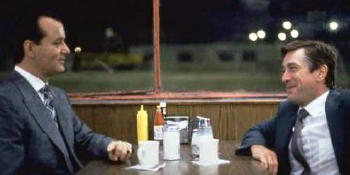
The reward? Glory (Uma Thurman), who stops by Wayne’s apartment to treat his injured hand, and in some obvious discomfort informs him that she is supposed to stay for a week. Now this would ordinarily be delightful, but it’s also unseemly – being in debt, that is, to a guy with connections to the mob like this.
The usual complications ensue. What makes this movie entertaining, when so many other movies made on smaller budgets would fail, is the level of acting on the part of all the players involved. The characters’ smallest facial expressions and their slightest gestures and body language add enormously to a plot that seems silly but is eventually made as real as tomorrow’s news. Uma Thurman is especially delightful; visibly nervous when she first knocks on Wayne’s door, she gradually gains confidence and begins to tell him the proverbial story of her life.
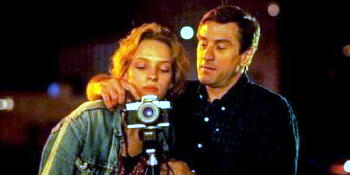
Where the edginess comes in is Wayne’s unanswered question of how much he should believe her, and in fact what it is that she feels for him, as he (against his better judgment) begins to respond to her in turn. The ending, unfortunately, dissipates all of this edginess – too wacky perhaps and (also perhaps) not as true to the story as it should have been, no matter (once again perhaps) it may (or may not) be what we (the viewers) are (and have been) anticipating.
















